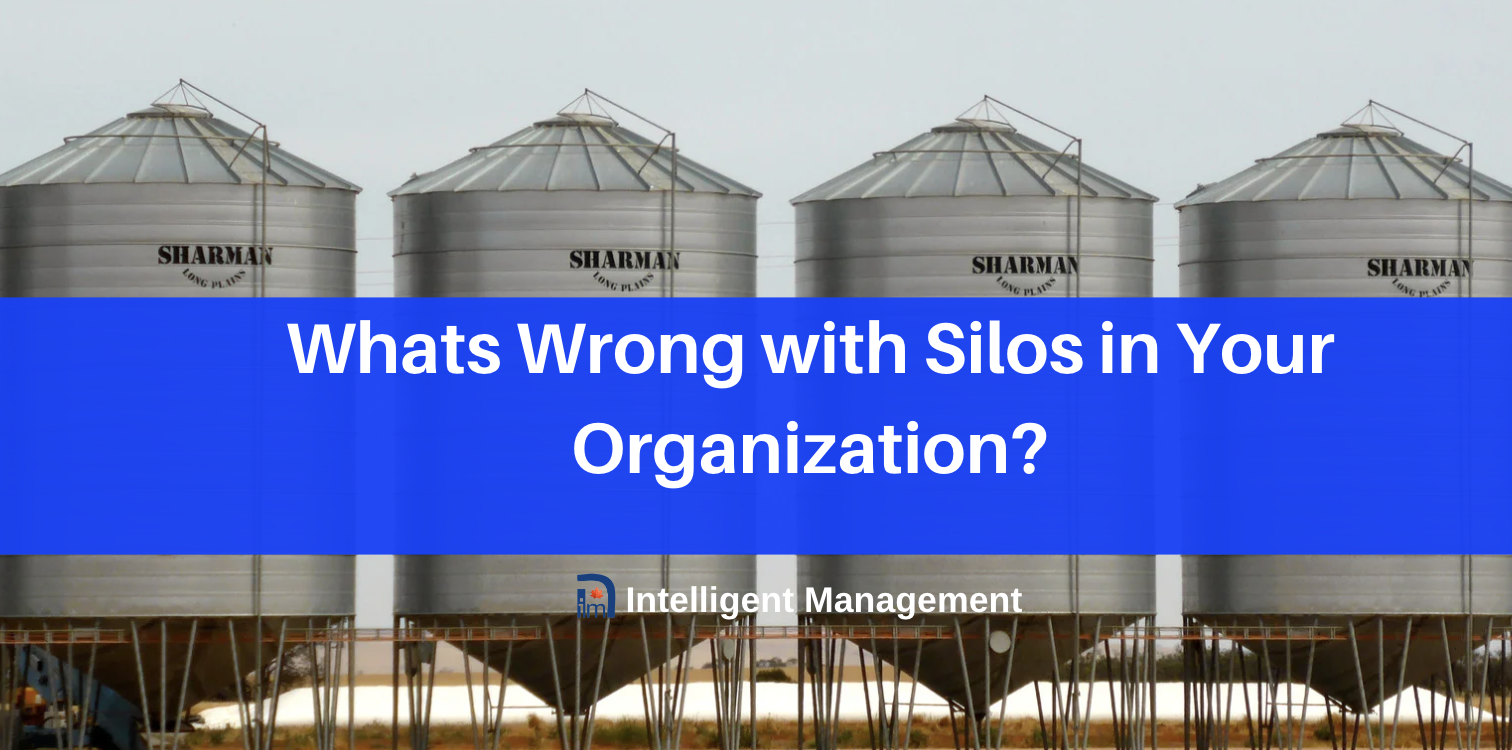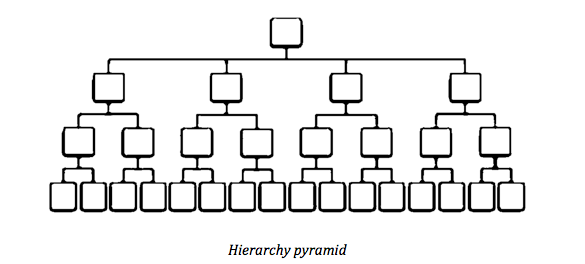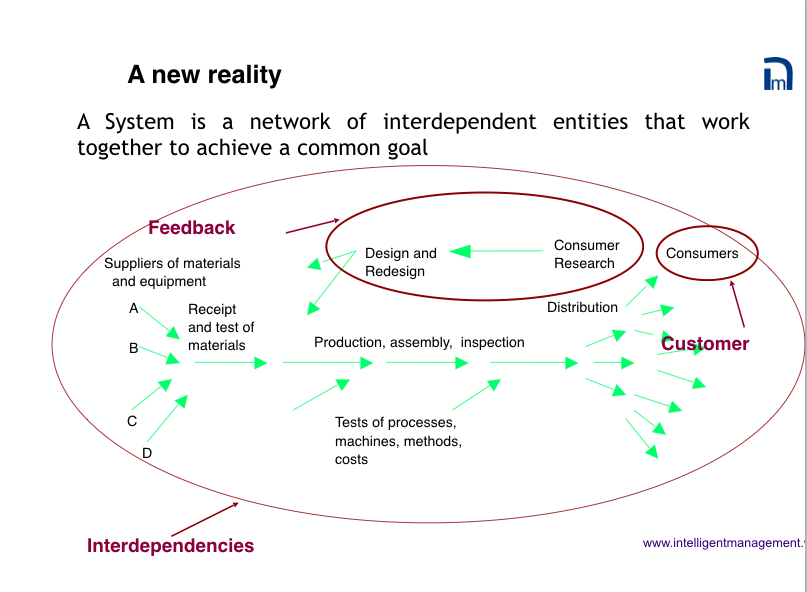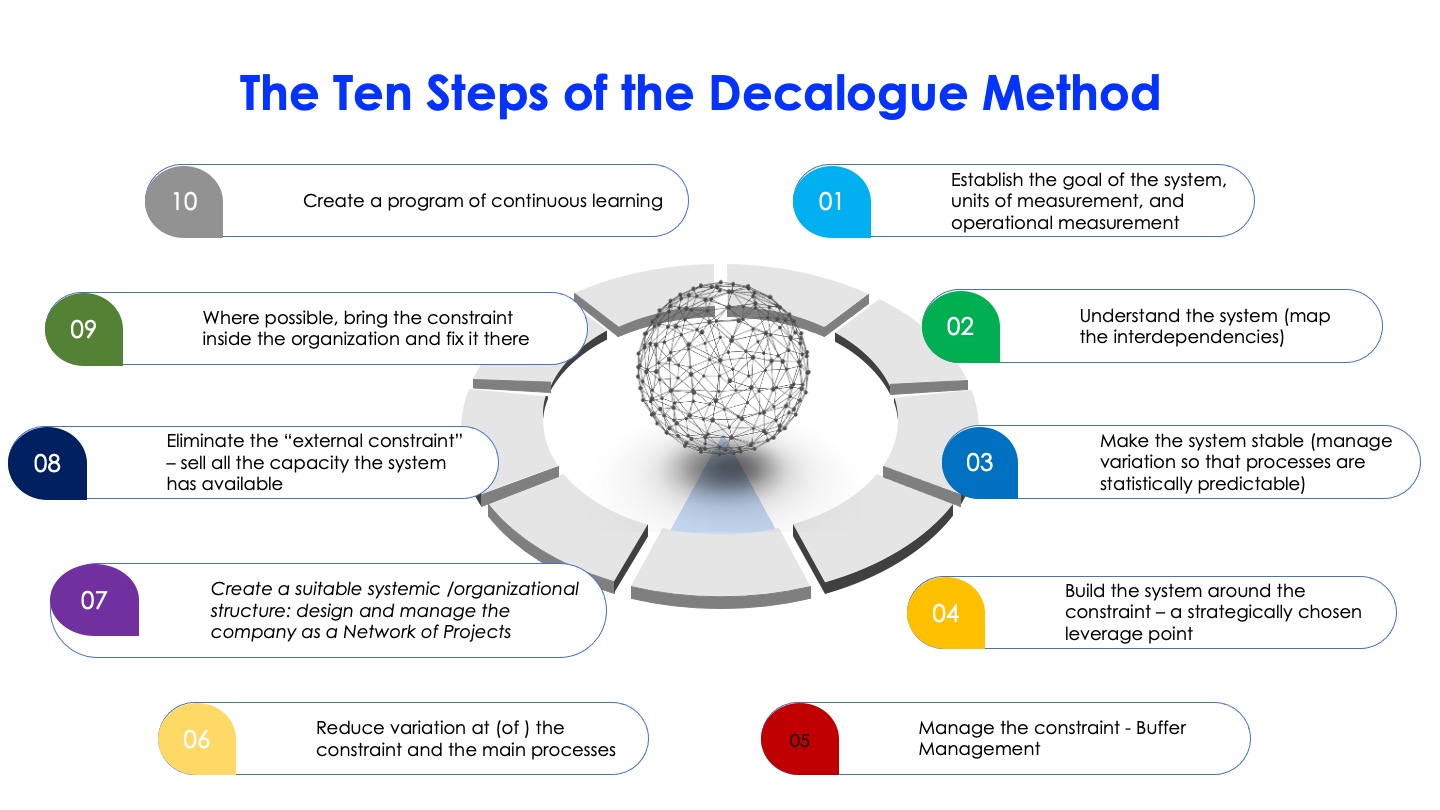
It’s time for companies to update their knowledge and approach to business–what may have worked before is inadequate for the complexity all organizations face today. Our new series focuses on what companies need to embrace today to succeed and scale up. It is based on our new book in the works ‘From Silos to Network: A New Kind of Science for Management’ to be published by Springer.
When we think about organizations, we quite naturally picture in our mind the organizational chart. Unfortunately, the reality is much more complex than the simplistic, linear way of thinking about an organization as a well-structured pyramid. In this hierarchical view, the “chain of command” guides decisions and actions, and there is little space for error. It is easy to understand why, until today, organizations have been managed this way. Managers have been charged with the important task of taking actions in order to cope with growing complexity.

In this picture, what is missing is that organizations are Systems by their nature: they are a set of interdependent components with a COMMON GOAL.
What’s wrong with silos?
Dividing up an organization into a traditional functional hierarchy that does not take into account the systemic nature of a company creates a series of problems. Some of these are:
- Communication is slowed down, even blocked;
- Innovation is stifled by bureaucracy;
- Projects are delayed and go over budget;
- Quality suffers;
- Reaction time to changing market demands is too slow;
- Individuals are delayed in carrying out the tasks for which they are responsible due to a misalignment between responsibility and authority;
- There is no natural way for competencies, both technical and managerial, to develop due to artificial “ceilings”;
- Departments carry out their work based on local measurements and therefore local optima, losing sight of the overall goal of the organization;
- Production planning can be completely uncorrelated with sales;
- Cause and effect relationships that exist in organizations are not evident (it takes time for the effects of a cause to propagate through a system);
- There are no means for understanding the implications of local, siloed decisions on the big picture.
Dr. Deming’s diagram introduces the three essential features that are totally missing in an organization when it is not viewed as a system:
- a feedback mechanism
- visibility of the customer (and suppliers) in the organization
- a learning cycle based on feedback

A new solution
We can thank Dr. W. Edwards Deming for enlightening the world to the fact that companies are inherently systems. This understanding enables us to view the organization as an integrated whole instead of a collection of departments or functions with artificial barriers. Consequently, an organization needs to be managed as a whole and in terms of the interdependencies that exist both internally and externally, as demonstrated in the 1950s in his famous sketch of “Production Viewed as a System.” The following diagram takes inspiration from Deming’s sketch. Our version shows how a whole organization can be viewed as a system.
Deming’s definition of a system in The New Economics is the most useful and practical:
A System is a set of interdependent components that work together toward a common goal.
In light of this realization, we can remain coherent with Dr. Deming’s precepts in a way that is rigorous and re-verbalize his definition as:
“An organization is a System; a network of interdependent people and resources working in processes and projects to achieve a common goal”.
We can even specify the kind of network we are dealing with: an organization is an Oriented Network where the direction of the “orientation” is determined by the goal of the organization.
This understanding has implications for all aspects of the organization, from leadership to day-to-day operations.
How do we build a truly systemic organization?
Everything we do today is immersed in a reality that is complex and we constantly receive a multiplicity of “inputs” that did not exist 50, or even 20 years ago. For most organizations, the reaction to this is based on something that may have been effective in the past: to try and control complexity by breaking it up into smaller “pieces.” The assumption here is that by breaking a big situation up into smaller pieces, more control can be exerted over every piece. This is a very flawed assumption and it leads organizations to design their operations by dividing them up into the silos or departments, functions and too many hierarchical levels. The challenge today, instead, is how to manage unprecedented levels of interdependencies that are a characteristic of complexity.
The solution we have developed over the years has focused increasingly on organizational design; it is only at this level that we can truly tackle the ambitious goal of shifting from the prevailing management style built on the traditional functional/hierarchical model and command and control to a paradigm of whole system optimization.
So how do we build a truly systemic organization? There is no a short answer. Nevertheless, we can point out the key elements that we have identified as necessary to achieve this goal:
- Low variation in processes and projects within a context of statistical predictability (Quality);
- Synchronization of processes and projects through a strategically chosen constraint (Speed of Flow);
- Involvement of all the internal and external stakeholders;
This solid epistemological framework is what enables us to propose a clear path for building a systemic organization operationally. Our focus has been not just to develop a strong theory but to create a coherent methodology with the practical tools to make the transformation happen.
In the next post we will look at how we can start from the basics.
To find out more about ten guided steps to a systemic leap ahead for your company, contact Angela Montgomery at intelligentmanagement@sechel.ws
SCHEDULE AN INTRODUCTORY CALL WITH US
Intelligent Management works with decision makers with the authority and responsibility to make meaningful change. We have helped dozens of organizations to adopt a systemic approach to manage complexity and radically improve performance and growth for 25 years through our Decalogue management methodology. The Network of Projects organization design we developed is supported by our Ess3ntial software for multi-project finite scheduling based on the Critical Chain algorithm.
See our latest books Moving the Chains: An Operational Solution for Embracing Complexity in the Digital Age by our Founder Dr. Domenico Lepore, The Human Constraint – a digital business novel that has sold in 43 countries so far by Dr. Angela Montgomery and ‘Quality, Involvement, Flow: The Systemic Organization’ from CRC Press, New York by Dr. Domenico Lepore, Dr. .Angela Montgomery and Dr. Giovanni Siepe.







Leave a Reply